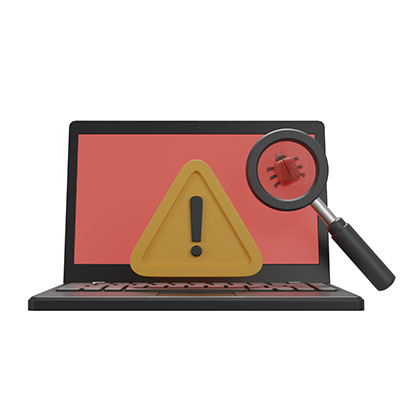Everywhere you look on the Internet, there’s a scam, threat, or other malicious entity. Okay, maybe that’s not 100% true, but the possibilities are nearly endless for hackers. They’ll hide spyware, adware, and even ransomware online, so you must take measures to ensure that your devices and business are safe.
Businesses face numerous challenges, many of which arise internally. Whether your business is dealing with cybersecurity threats, unhappy customers, or unreliable suppliers, leaders must navigate every threat. Among these, internal issues can often be the most disruptive. In this blog, we’ll focus on two critical employee-related challenges that can significantly hinder business operations.
When you run a small business, there is a tendency to dream big. You think of expanding rapidly and finding success instantly. Unfortunately, this is probably not the reality. By keeping your expectations realistic, you can find that you will find consistency. In today’s blog, let’s take a look at how any manager or entrepreneur can keep their expectations realistic.
If you work on a computer often, you’ve almost certainly been told to clean your cache. It usually amounts to clicking a button on a login screen or in the user settings. In today’s article, we will tell you all about cache and how to clean it on your iPhone and Android device.
Artificial intelligence (AI) is rapidly transforming the technology landscape, and mobile devices are at the forefront of this revolution. As smartphones and tablets become increasingly powerful and sophisticated, they are becoming ideal platforms for running AI applications. This trend is driven by several factors, including:
We haven’t been shy about how essential data backups are, simply because there is always the chance that your business will encounter some form of disaster… but, what if something interferes with these backups? This danger is one reason that immutable backups are utilized. Let’s go over what this means, and how it helps.
Of all your business’ potential cybersecurity vulnerabilities, one can more easily bring your organization to its knees than any other… but if this vulnerability is addressed correctly, you could instead see considerable benefits. Of course, the vulnerability I’m referring to is your team itself. Human error, in its many forms, can easily leave you vulnerable if you aren’t careful about preparing yourself and the rest of your staff to act with cybersecurity in mind.
The NSA—the National Security Agency of the United States of America—are pretty well-known for their digital prowess. Therefore, when they provide a list of practices to help keep our increasingly crucial mobile devices secure, it only makes sense for us to listen.
Data breaches are always a potential problem. They can cause all types of problems inside your business and can even cause strife should your customers need to be notified. In today’s blog, we thought we would review some of the largest and most noteworthy breaches in 2024.
Now that smart mobile devices are a mainstay in business, the landscape will never be the same again. Your organization needs to have a plan to acquire, manage, maintain, and secure these devices. Businesses generally choose either Bring Your Own Device (BYOD) or Corporate-Owned, Personally Enabled (COPE), depending on their needs.










